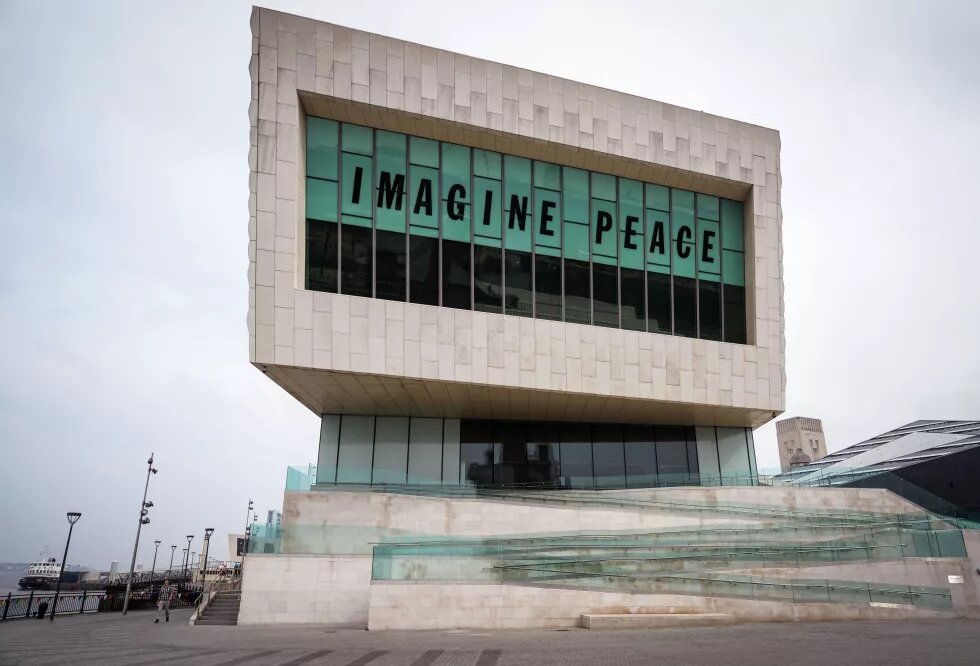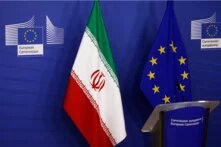Feminist Foreign Policy is about more than giving women power - creating the space for intersectional understandings of power imbalances is at its core.

Russia’s full-scale invasion of Ukraine in February 2022 added to the layers of tension in a world struggling with increasing populism, nationalism, and inward-looking national security policies, all exacerbated by the Covid-19 pandemic. As a result, new questions have emerged about the effectiveness of multilateral alliances. At the same time, amid rising global economic inequality, developing and post-colonial countries are still struggling for more equitable representation and influence on the international stage.
In the face of such volatility, an increasing number of countries have looked to feminist foreign policy (FFP) as a way to address these challenges by acknowledging the intersections among so many issues – an approach often referred to as viewing foreign policy with an “intersectional lens.” While the concept of feminism has become mainstreamed in many societies, albeit in varying forms, the concept of FFP has yet to prove itself as a clear, sustainable, and inclusive movement.
During our fellowship, we saw that “doing” feminist foreign policy – practicing it, applying it, implementing it -- is more complex than just adopting a policy and expecting it to go mainstream. Can we even agree on what the term means, what it is aiming for, and can we proudly claim it to ensure it has the broad-based support it needs? And where does FFP go from here? Does it need to be more grounded in the reality of the global security context in order to address the challenges facing the international community?
The core tenets of feminism are clear in its empowerment of women and its fight for equal rights and opportunities. But in a politically polarized world, well-established ideological concepts can often become flashpoints for controversy. During our study tour, we met researchers, multilateral practitioners, and government officials who expressed reticence about the use of the word “feminism” in any discussion on foreign policy, because it may create perceptions of division and disagreement on a controversial topic. This perception led Sweden, once the frontrunner in promoting FFP, to abandon the approach in October 2022, with Foreign Minister Tobias Billstrom stating that “labels on things have a tendency to cover up the content.”
Elsewhere, countries are practicing FFP or applying some elements of it without naming it as such. The United States, for example, has never clearly and formally claimed a feminist foreign policy, but the Biden administration is funding measures to place women at the heart of security, defense, diplomacy, development, peacebuilding, and other foreign policy-related efforts. It does so under the umbrella of programs to advance Women, Peace and Security (WPS), as required under United Nations Security Council Resolution 1325 in 2000. As just one example, the US government provides specific funding for women and children as part of its $4 billion relief fund to address the humanitarian crisis in Yemen. The administration also has applied the tenets of WPS to ensure the protection of LGBTQI+ asylum seekers coming from the Northern Triangle, where members of this community face persecution. Of course, the application of the Women, Peace and Security agenda is not the same as implementing a feminist foreign policy, but it is a step in the right direction.
What’s more, there is disagreement about the feminist approach towards conflict – usually striving for demilitarization and peacebuilding – and how it may hold up against real-world conditions and politics. Although theorists and academics may criticize the increased inclusion of women in peacekeeping forces as missing the point of FFP, the reality of conflict is that it often leads to atrocities such as mass sexual violence. For example, Samantha Power, now administrator of the US Agency for International Development, spoke out much earlier in her career about global powers failing to intervene in atrocities such as the genocides in Rwanda in 1994 and at Srebrenica in Bosnia in 1995. These are both instances in which I would argue that a “feminist” approach would entail military intervention. In some cases, military intervention may be the only recourse to end or prevent such crimes, as the world’s heads of state and government agreed in their 2005 U.N. World Summit Meeting, where they committed to the principle of the “responsibility to protect” in the World Summit Outcome Document.
Despite wide-ranging debate and a lack of clarity about FFP, more nations are adopting the approach. France, for example, has its Feminist Diplomacy initiative that seeks to ensure that 75 percent of the projects funded by France’s official development assistance help to improve gender equality.
Furthermore, in a world where conflict exists in a variety of cultures and with myriad social factors at play, from Sudan to Yemen to Ukraine, FFP is taking an increasingly intersectional approach by considering the intersecting impacts of policies on individuals who meet multiple definitions of need. Germany, much like nations such as Spain and Mexico, has switched gears towards a “3R + D” dynamic, taking Sweden’s guiding FFP tenets of rights, representation, and resources for women and marginalized groups, and adding the aim of increasing diversity. This approach includes going beyond gender-based representation by looking at how power structures impact women beyond their gender, taking into account factors such as sexuality, age, social background, and disability. Ultimately, an intersectional approach puts the investigation of why power structures discriminate against marginalized groups at the center and aims to change the power structures themselves.
This approach could be impactful and transformative, but it may require reforming long-established power structures in a way that is likely to generate backlash from those currently invested with a disproportionate share of power, whether in domestic or multilateral structures. For example, it could mean establishing international bodies based on fair representation rather than on economic performance as in the G7 or G20. Or it could mean broadening institutions such as the U.N. Security Council beyond the post-World War II consensus that granted veto power to the five nuclear-armed nations and subordinated other countries, and hence excluded from power increasingly large swaths of the world’s population.
Such challenges are not to say reform efforts shouldn’t be undertaken – they should. They may seem idealistic, but in fact they are highly pragmatic for the longer-term future of global cooperation, peace, and security. Inclusive thinking – and doing – is crucial to such a future, and FFP offers an approach that works not only for all women but for all humanity.
This article first appeared here: us.boell.org


